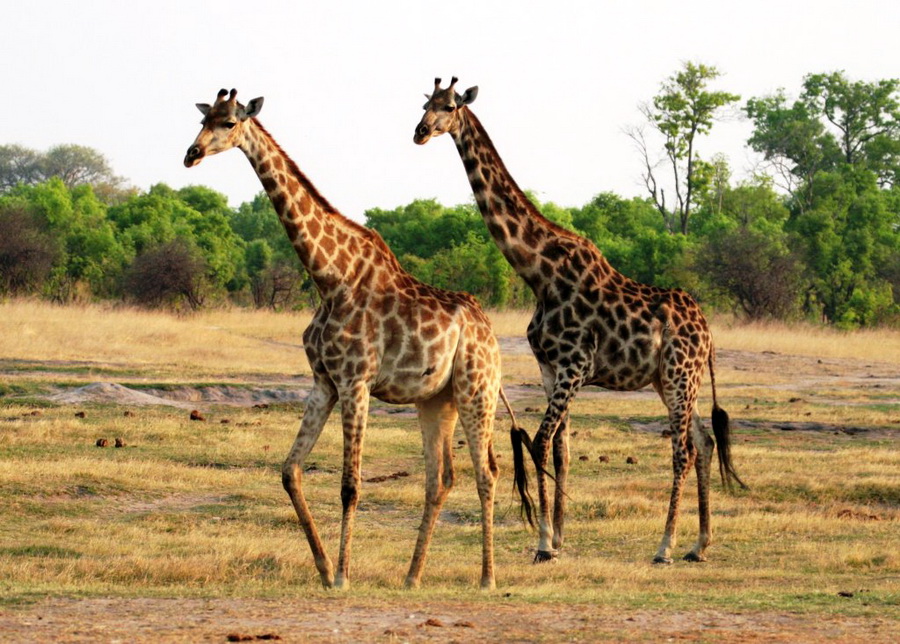There are way more than seven.
Even the most methodical scientists and jaded skeptics can’t help but be impressed by the awesomeness of nature. Whether it’s the majesty of the Grand Canyon, the intensity of a hurricane, or the intricate beauty of a colorful butterfly, the world around us really is incredible. But the craziest thing about nature is perhaps that there is always new information to learn and new sights to see.
Acacia trees can warn each other of danger
Arcadia trees, which grow all over the African savannah, have a unique defense system. When animals like antelopes start to gobble up its leaves, the tree increases tannin production to levels that are toxic to animals.
But that’s not all. The tree then emits a cloud of ethylene gas that travels through the air, reaching other trees so they too can begin producing more tannins.
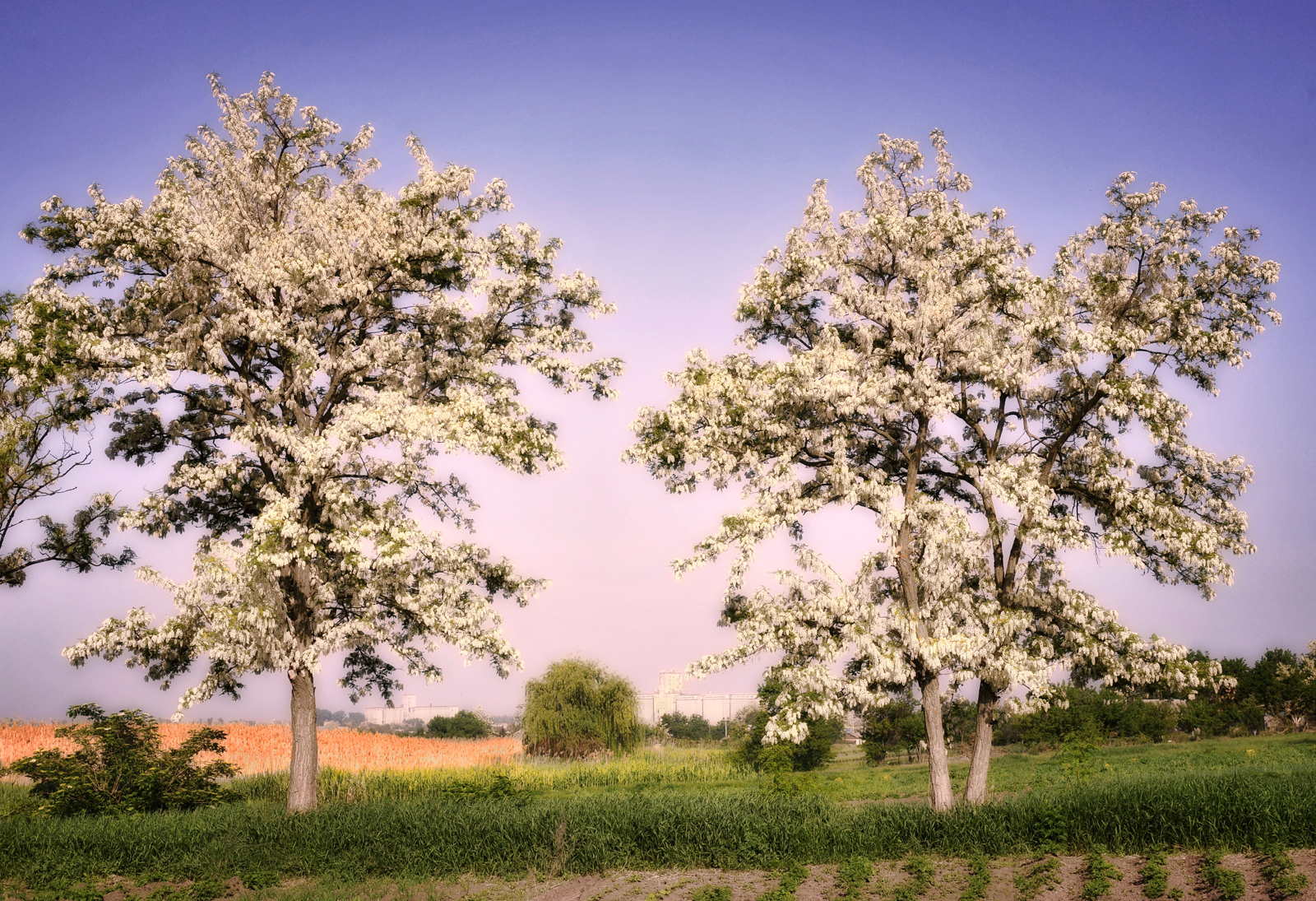
Owls don't have eyeballs
What they have instead are better described as eye tubes. Since they can't move these tubes back and forth, owls have developed incredible neck flexibility to be able to see the world around them. They can turn their heads a whopping 270 degrees, whereas humans can only manage about 180.
As a result, owls have a special blood vessel system in their heads to keep fresh blood circulating to the brain when a quick head turn cuts off circulation.
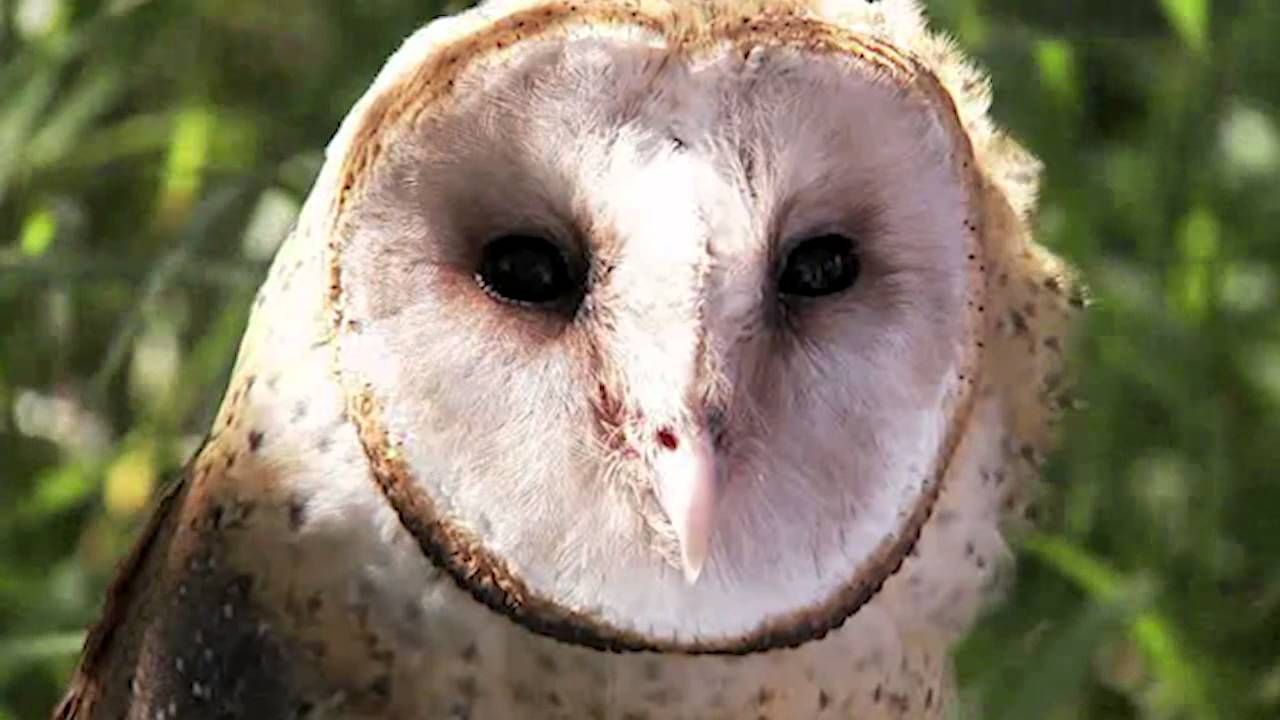
There are 28 kinds of "corpse flowers."
Even the most methodical scientists and jaded skeptics can't help but be impressed by the awesomeness of nature. Whether it's the majesty of the Grand Canyon, the intensity of a hurricane, or the intricate beauty of a colorful butterfly, the world around us really is incredible. But the craziest thing about nature is perhaps that there is always new information to learn and new sights to see. So, we've rounded up some shocking, funny, and just plain weird facts about nature's wonders that will give you even more appreciation for the planet's riches.
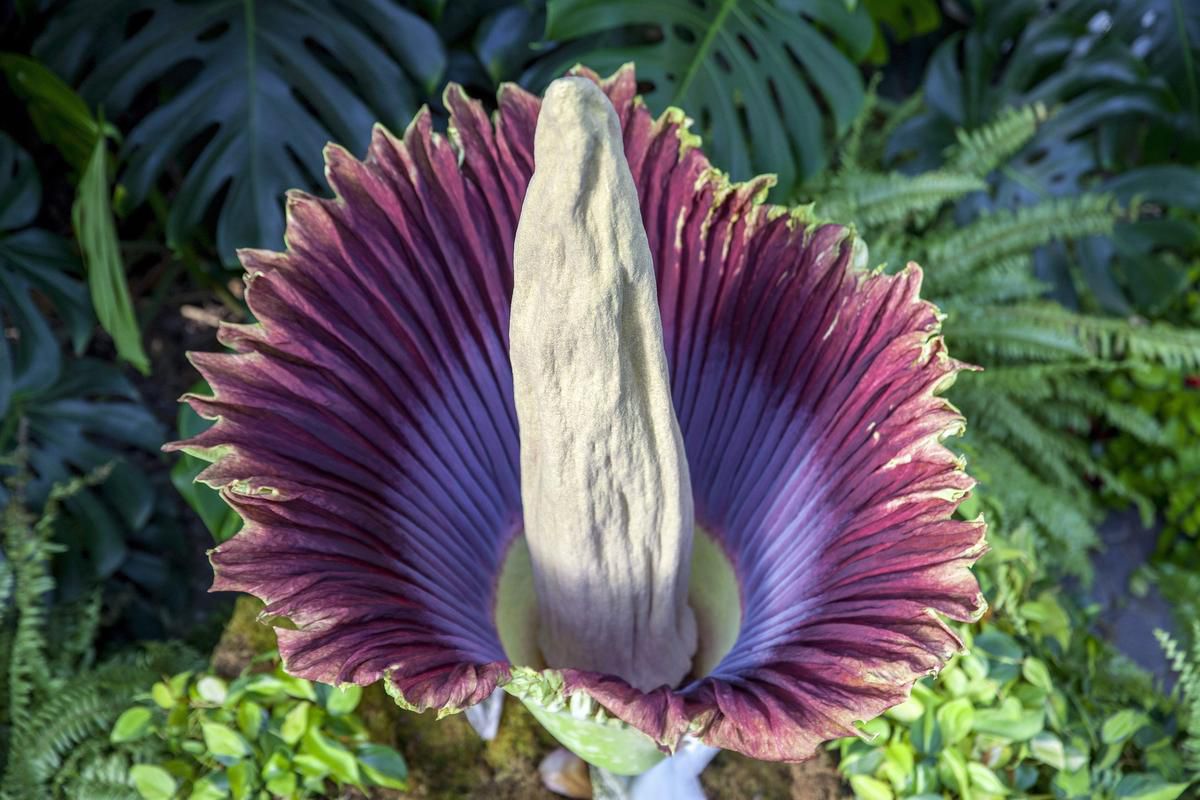
Baby giraffes use their butts as pillows
While adult giraffes usually sleep standing up, baby giraffes will get a bit more comfortable. They hunker down on the ground and take advantage of their extra-flexible necks, twisting around to plop their noggins on their own behinds. It doesn't look especially comfortable, but it sure does look cute!
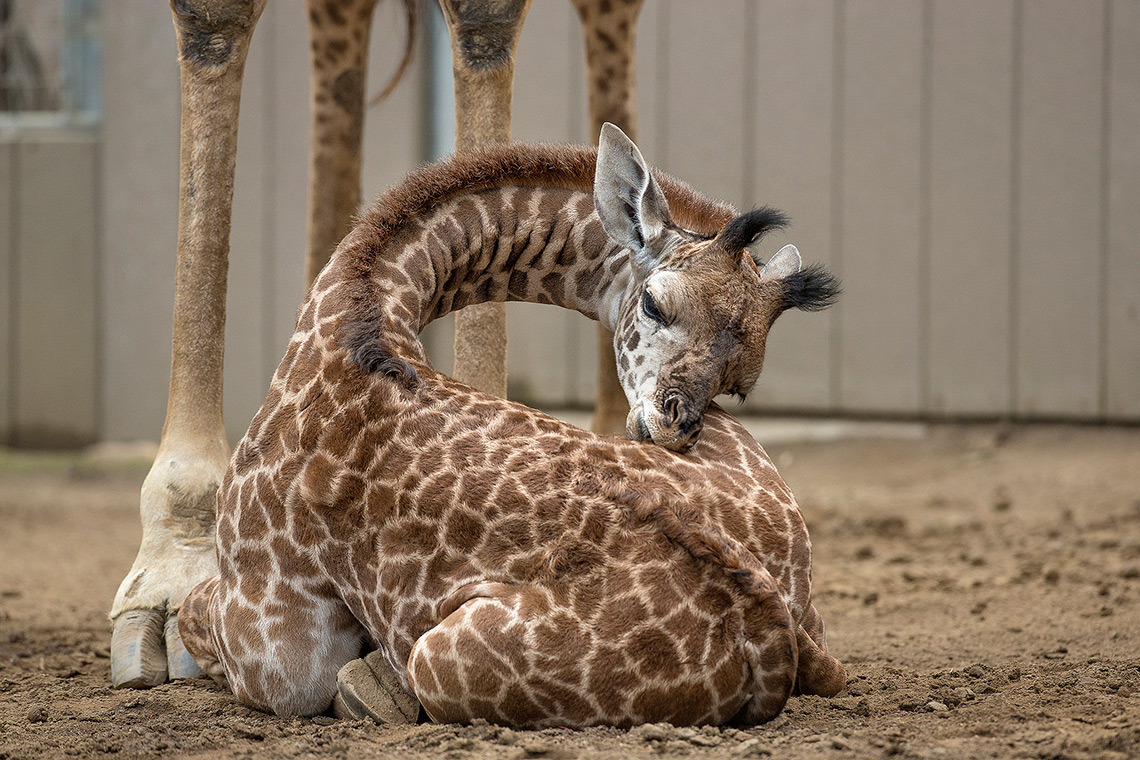
An extinct species of penguins was nearly 7-feet tall!
The biggest penguins around nowadays are emperor penguins, measuring a respectable 4 feet in height.
However, 37 million years ago, a species known as Palaeeudyptes klekowskii, or colossus penguins, roamed Antarctica. They weighed about 250 pounds and stood about 6 feet, 6 inches tall, which is the height of the average NBA player. Unfortunately, like modern penguins, these colossus penguins could neither fly nor, presumably, dunk. But it's still fun to imagine a penguin going one-on-one with LeBron James.
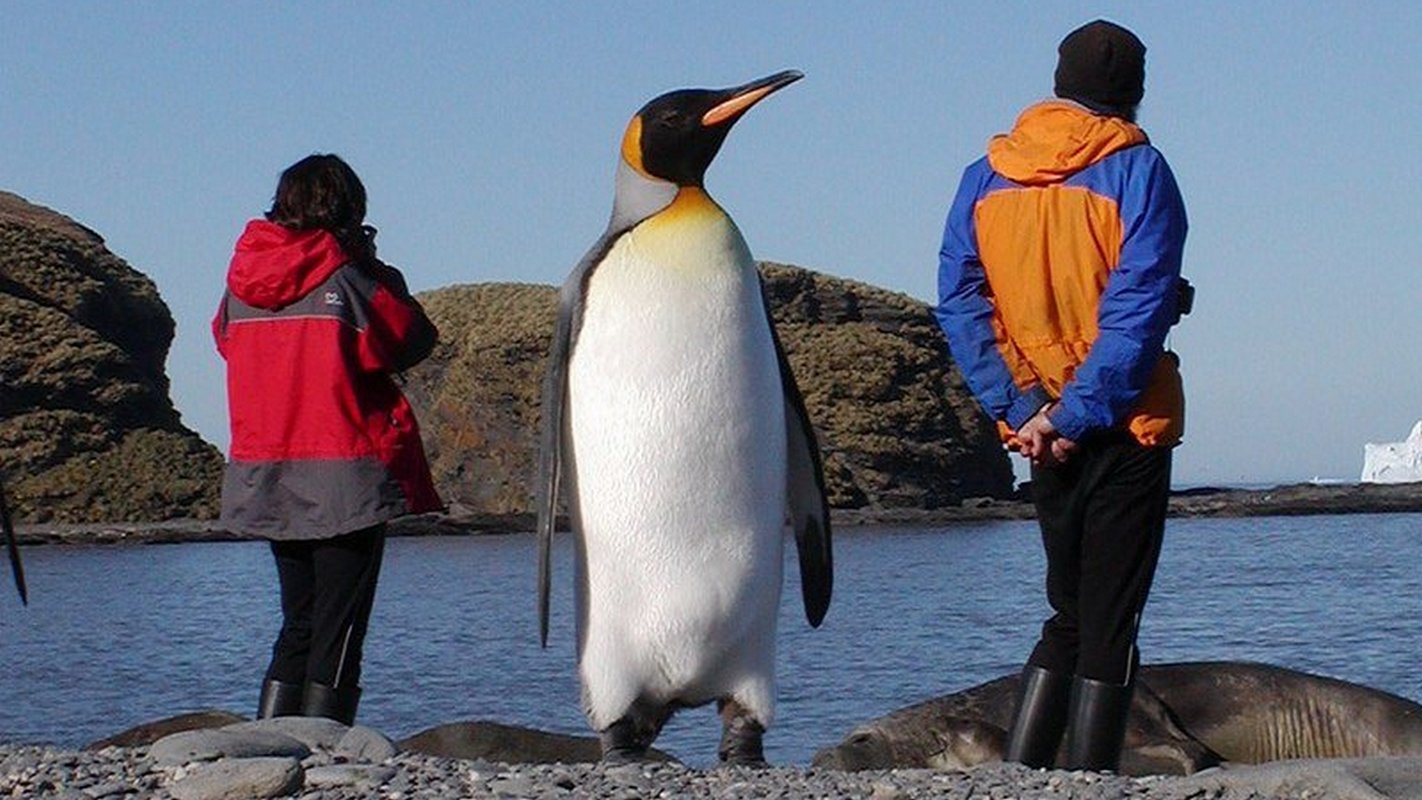
Bats save us billions of dollars a year
Bats tend to get a bad rap. The truth is, they gobble up lots of troublesome insects. In fact, they're so good at keeping pests away from our food crops that they save U.S. farmers alone at least $3.7 billion on pesticides every year. So bats are actually a significant factor in our agricultural economy.
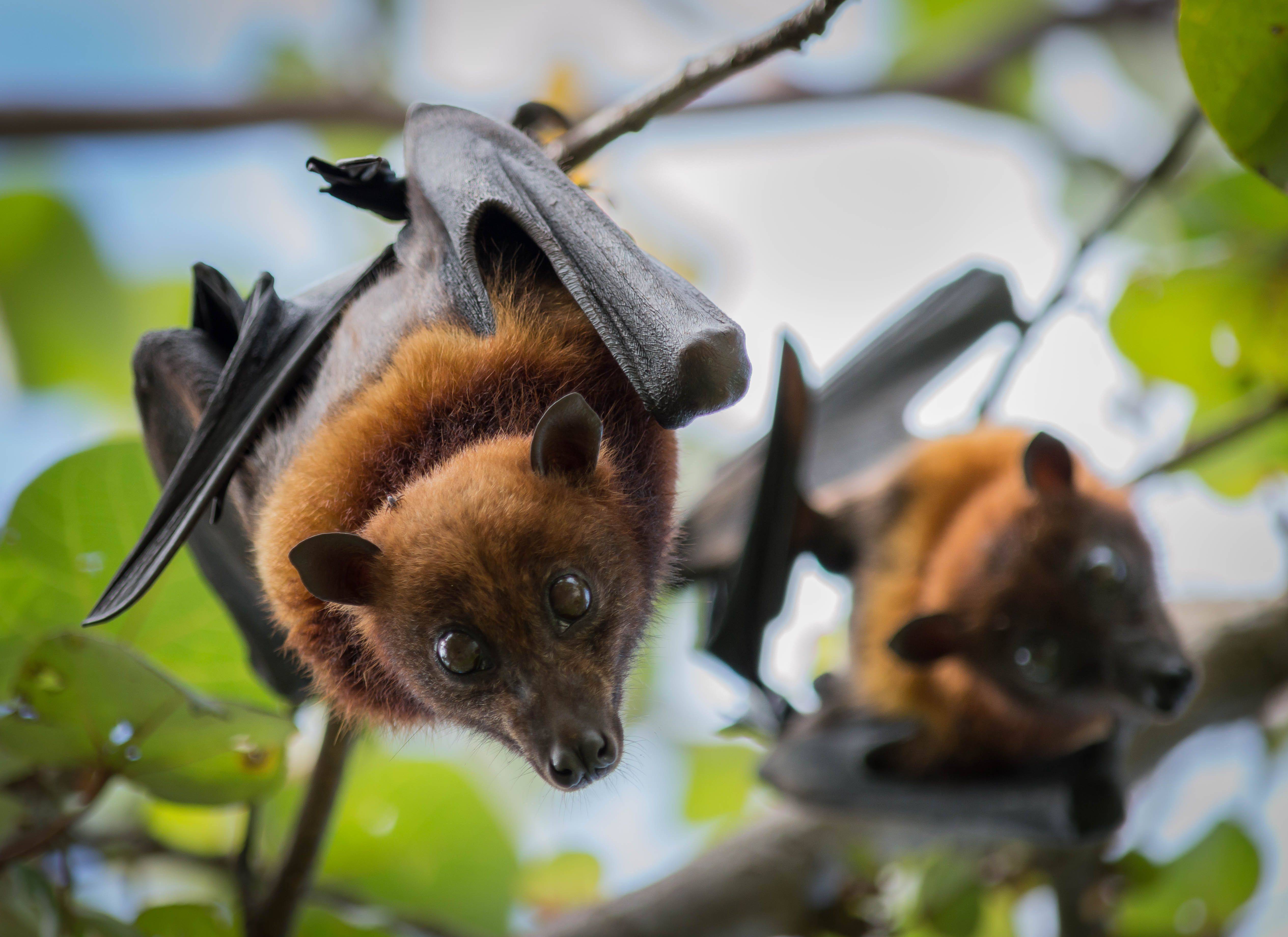
More male giraffes are gay than straight
Scientists say that homosexual activity among male giraffes is more common than heterosexual activity. In one study from Tanzania published in Biological Exuberance, 94 percent of all observed mounting activity was same-sex.
